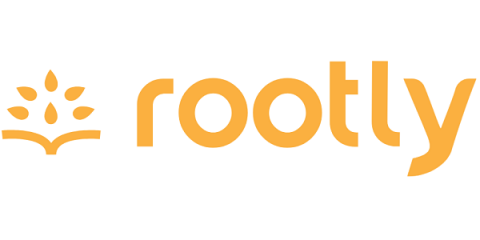Operations | Monitoring | ITSM | DevOps | Cloud
Latest News
Elastigroup now supports step scaling
Together with the release of Spot by NetApp’s Elastigroup support for multiple metrics, we are pleased to share that Elastigroup now also support step scaling, a new functionality that allows Elastigroup customers to configure multiple actions under a single, simple scaling policy. In Elastigroup, each simple scaling policy contains two parts. The first is the AWS metric, which is the metric the data is collected from.
Elastigroup scaling now supports multiple metrics
Scalability is one of the main reasons why cloud computing has become so popular. Cloud customers can rapidly react to changes in market needs and demands by automatically launching or terminating resources. This way only the exact number of resources required to serve all incoming requests are running (and being paid for) at any given moment.
Key metrics for monitoring Amazon EFS
Amazon Elastic File System (EFS) provides shared, persistent, and elastic storage in the AWS cloud. Like Amazon S3, EFS is a highly available managed service that scales with your storage needs, and it also enables you to mount a file system to an EC2 instance, similar to Amazon Elastic Block Store (EBS).
Amazon EFS monitoring tools
In Part 1 of this series, we looked at EFS metrics from several different categories—storage, latency, I/O, throughput, and client connections. In this post, we’ll show you how you can collect those metrics—as well as EFS logs—using built-in and external tools.
EFS Monitoring with Datadog
In Part 1 of this series, we looked at the key EFS metrics you should monitor, and in Part 2 we showed you how you can use tools from AWS and Linux to collect and alert on EFS metrics and logs. Monitoring EFS in isolation, however, can lead to visibility gaps as you try to understand the full context of your application’s health and performance.
Connect your AKS cluster to Ocean using Terraform
Spot by NetApp serves hundreds of customers across industries, with different systems, environments, processes and tools. With this in mind, Spot aims to develop our products with flexibility so that whatever the use case, companies can get the full benefits of the cloud. Spot easily plugs into many tools that DevOps teams are already using, from CI/CD to infrastructure as code, including Terraform.
Lightning-fast scale-out with Ocean for container workloads
Spot Ocean offers best-in-class container-driven autoscaling that continuously monitors your environment, reacting to and remedying any infrastructure gap between the desired and actual running containers. The way this typically plays out is that when there are more containers than underlying cloud infrastructure, Ocean immediately starts provisioning additional nodes to the cluster so the container’s infrastructure requirements will be satisfied.
Incident Management Goes to the Olympics
A look at outages and disruptions to the IT systems that power the Olympics, from 1996 to today.











